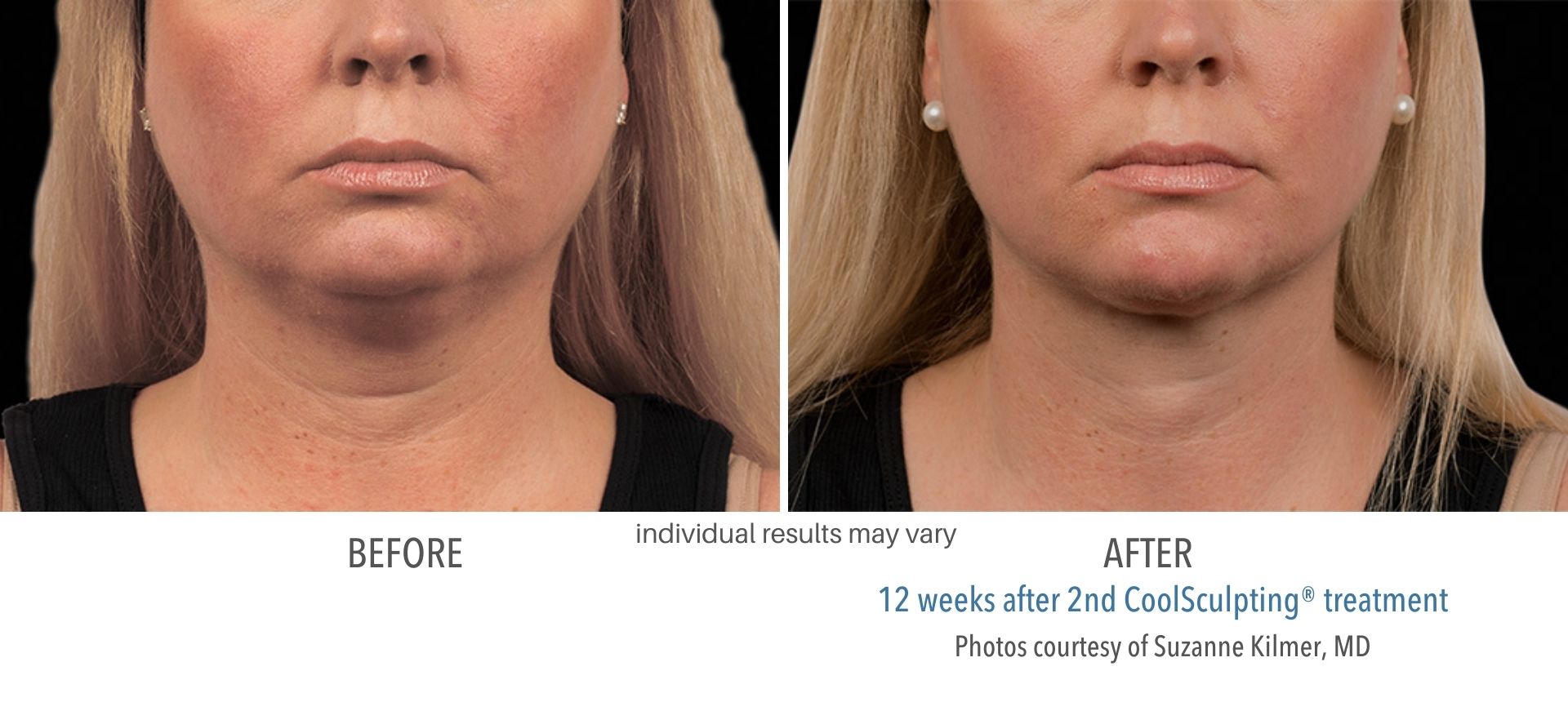CoolSculpting, an innovative body contouring treatment, has gained immense popularity among those seeking non-invasive methods to address stubborn fat. However, as individuals embark on their CoolSculpting journeys, one paramount concern inevitably arises: the potential for loose skin post-treatment. This article delves into the nuances of CoolSculpting’s effects on loose skin, exploring before and after results while managing expectations and addressing outcomes.
Firstly, it’s imperative to understand the underlying mechanism of CoolSculpting. This treatment employs cryolipolysis technology, selectively targeting and freezing fat cells without causing damage to the surrounding tissues. Over the subsequent weeks, the body naturally expels these dead fat cells, leading to a gradual reduction in fat and, ideally, a sleeker silhouette.
Many patients are enticed by the prospect of a slimmer waistline or toned abdomen. However, it is crucial to approach these aesthetic aspirations with a pragmatic mindset, especially when considering the implications for skin elasticity. The condition of one’s skin prior to treatment plays a significant role in the final results.
For individuals with good skin elasticity, the results of CoolSculpting can be quite promising. The skin may retract following fat loss, creating a smoother appearance. Conversely, those with suboptimal elasticity, often attributed to aging, sun damage, or significant weight fluctuations, might experience varying degrees of skin looseness post-procedure. In such cases, the skin may not retract as efficiently, leading to a visible discrepancy between tissue and the new, reduced fat layer.
Before embarking on CoolSculpting, it is advisable to assess your skin’s condition. Factors such as age, genetics, and even lifestyle choices play a considerable role in determining skin elasticity. A thorough consultation with a certified CoolSculpting provider is crucial to evaluate individual characteristics and create an appropriate treatment plan.
It’s essential to visualize the potential before and after outcomes. A typical scenario would entail a patient undergoing four to six weeks of treatment sessions. Following this period, initial results might start to become evident, showcasing a reduction in fat thickness and an improved silhouette. However, the skin’s response may vary significantly across different individuals.
Illustrative case studies serve to shed light on the diverse results CoolSculpting may yield. For instance, consider a 40-year-old female with moderate skin elasticity. Before treatment, she exhibited bulging areas of subcutaneous fat around her abdomen, leading to discomfort and self-consciousness regarding her appearance. Post-treatment, while fat cells were eliminated, she noted some residual laxity, requiring ongoing skincare and preventive measures to maintain results.
In contrast, a younger individual, aged 28, with taut, resilient skin may exhibit less sagging following a similar CoolSculpting regimen. In her before and after comparison, the results reflect a noticeable transformation, showcasing a significant reduction in fat pockets without accompanying skin looseness.
Managing expectations is paramount in the pursuit of aesthetic goals. Before undergoing CoolSculpting, prospective patients should engage in candid discussions with their healthcare provider regarding anticipated results. Each individual’s experience and outcome can differ based on factors ranging from body composition to pre-existing skin conditions.
Moreover, post-treatment care plays an influential role in preserving results. Implementing a diligent skincare regimen can aid in optimizing the appearance of the treated areas. Employing moisturizers, serums containing collagen-boosting agents, and routine sun protection will contribute to skin health and may enhance elasticity over time.
Maintaining a healthy lifestyle post-treatment will also be beneficial. Exercise, hydration, and proper nutrition not only enhance overall well-being but also support skin health. Engaging in regular physical activity can improve circulation and, consequently, skin tone. Additionally, consuming a balanced diet rich in antioxidants can bolster skin resilience.
For those who still find themselves grappling with loose skin following CoolSculpting, supplementary treatments are available. Options such as radiofrequency therapy, laser skin resurfacing, and even surgical procedures provide avenues for further tightening and refining the skin’s appearance. Discussions with a qualified aesthetic provider can offer insights into complementary treatments suitable for individual needs.
Ultimately, CoolSculpting stands as a powerful tool within the realm of aesthetic medicine. With realistic expectations and a nuanced understanding of individual responses to treatment, patients can embark on their journey with confidence. Recognizing the interplay between fat reduction and skin elasticity is essential in crafting an optimized CoolSculpting experience.
In summary, while CoolSculpting can facilitate significant physical transformations, it is crucial to maintain an informed perspective regarding potential outcomes, particularly concerning loose skin. By carefully considering personal skin conditions, adhering to post-treatment care, and engaging with qualified professionals, one can enhance their likelihood of achieving gratifying results. Above all, it is vital to celebrate the progress made while remaining steadfast in the pursuit of personal aesthetic goals.

